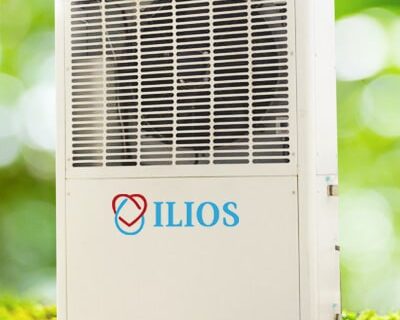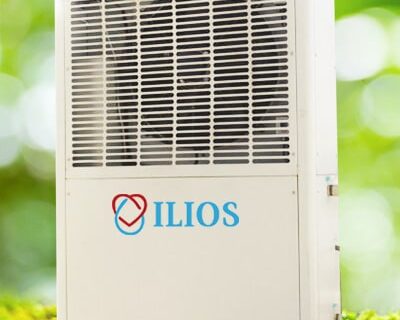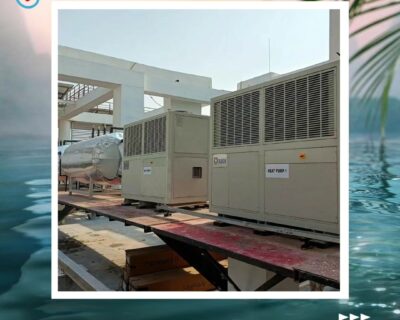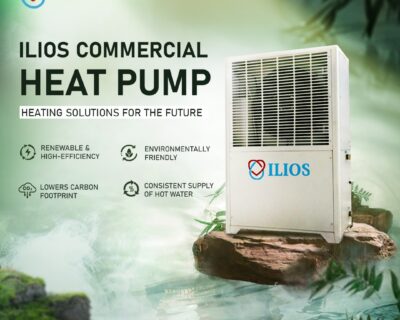Blog
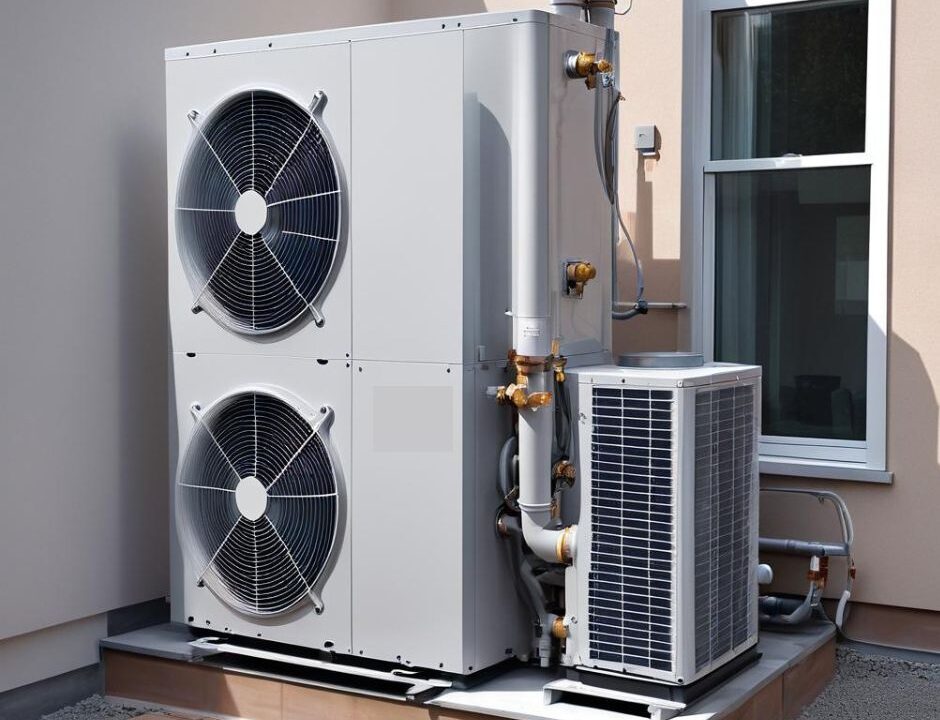
Heating and Cooling Solutions: Heat pump for building Solutions
In today’s world, where energy efficiency and sustainability are becoming increasingly important, Heat pump for building are emerging as a smart solution for heating and cooling systems. These innovative systems utilize the principles of thermodynamics to transfer heat from one place to another, providing comfortable indoor climates while minimizing energy consumption and environmental impact.
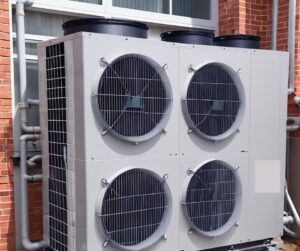
What are Heat Pump Systems?
Heat pump systems work by extracting heat from a source and transferring it to a different location, using a small amount of energy to facilitate the process. They can both heat and cool buildings, making them versatile and efficient solutions for maintaining comfortable indoor temperatures throughout the year.
How Do Heat Pumps Work?
At the heart of a heat pump system is a refrigerant, a substance that can easily change between liquid and gas states. The process begins with the refrigerant absorbing heat from a low-temperature source, such as outdoor air, water, or the ground. This absorption causes the refrigerant to evaporate into a gas.
The gas is then compressed, increasing its temperature and pressure, before being passed through a condenser. In the condenser, the hot gas releases its heat to the indoor environment, raising the temperature inside the building. As the heat is transferred, the refrigerant condenses back into a liquid.
The liquid refrigerant then flows through an expansion valve, where its pressure is reduced, allowing it to evaporate once again and restart the cycle. This continuous process enables heat pump systems to efficiently heat or cool buildings as needed.
Types of Heat Pump Systems
There are several types of heat pump systems, each suited to different environments and requirements:
Ground-Source Heat Pumps (Geothermal Heat Pumps): These systems utilize the relatively stable temperature of the ground or groundwater as a heat source or sink. While they tend to be more expensive to install, they offer higher efficiency and can be used in a wide range of climates.
Water-Source Heat Pumps: These systems extract heat from or reject heat to a water source, such as a lake, river, or well. They are often used in buildings located near bodies of water and can provide efficient heating and cooling.
Hybrid Heat Pump Systems: These systems combine a heat pump with a secondary heating source, such as a furnace or boiler, to provide additional heating capacity in extreme temperatures. They offer increased flexibility and reliability in colder climates.
Benefits of Heat Pump for building
Heat pump for building offer numerous benefits:
Energy Efficiency: By transferring heat rather than generating it, heat pumps can achieve high levels of energy efficiency, resulting in lower utility bills and reduced carbon emissions.
Year-Round Comfort: Heat pump systems can provide both heating and cooling, ensuring comfortable indoor temperatures regardless of the season.
Environmental Friendliness: Heat pumps use renewable energy sources, such as air, water, and the ground, reducing reliance on fossil fuels and minimizing environmental impact.
Quiet Operation: Compared to traditional heating and cooling systems, heat pumps operate quietly, providing a peaceful indoor environment.
Long Lifespan: With proper maintenance, heat pump systems can last for decades, providing reliable heating and cooling for many years to come.
Considerations for Installation
When considering installing a heat pump system in a building, several factors should be taken into account:
Climate: The climate of the region where the building is located will influence the choice of heat pump system. For example, air-source heat pumps may be suitable for moderate climates, while ground-source heat pumps are better suited to areas with more extreme temperatures.
Size of the Building: The size and layout of the building will determine the capacity and configuration of the heat pump system needed to adequately heat and cool the space.
Installation Costs: While heat pump systems can offer long-term savings on energy costs, the initial installation costs can vary depending on the type of system and the complexity of the installation.
Maintenance Requirements: Regular maintenance is essential to ensure the continued efficiency and performance of a heat pump system. This may include cleaning filters, checking refrigerant levels, and inspecting components for wear and tear.
Conclusion
Heat pump systems are innovative solutions for heating and cooling buildings, offering energy efficiency, year-round comfort, and environmental sustainability. Whether extracting heat from the air, water, or ground, these systems can provide reliable and cost-effective climate control for residential, commercial, and industrial buildings alike. By harnessing the power of thermodynamics, heat pump systems are helping to create a more sustainable future for generations to come.

